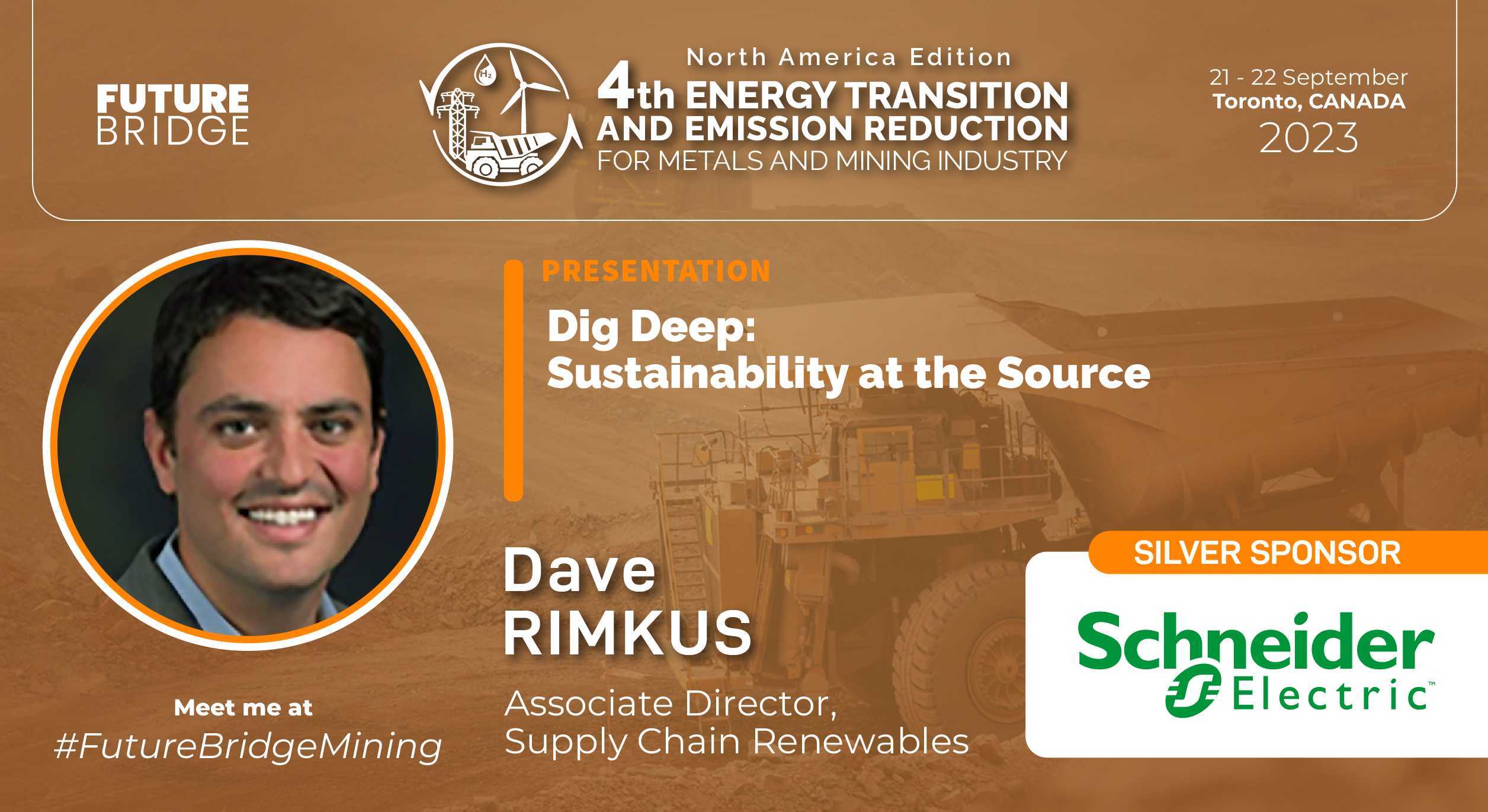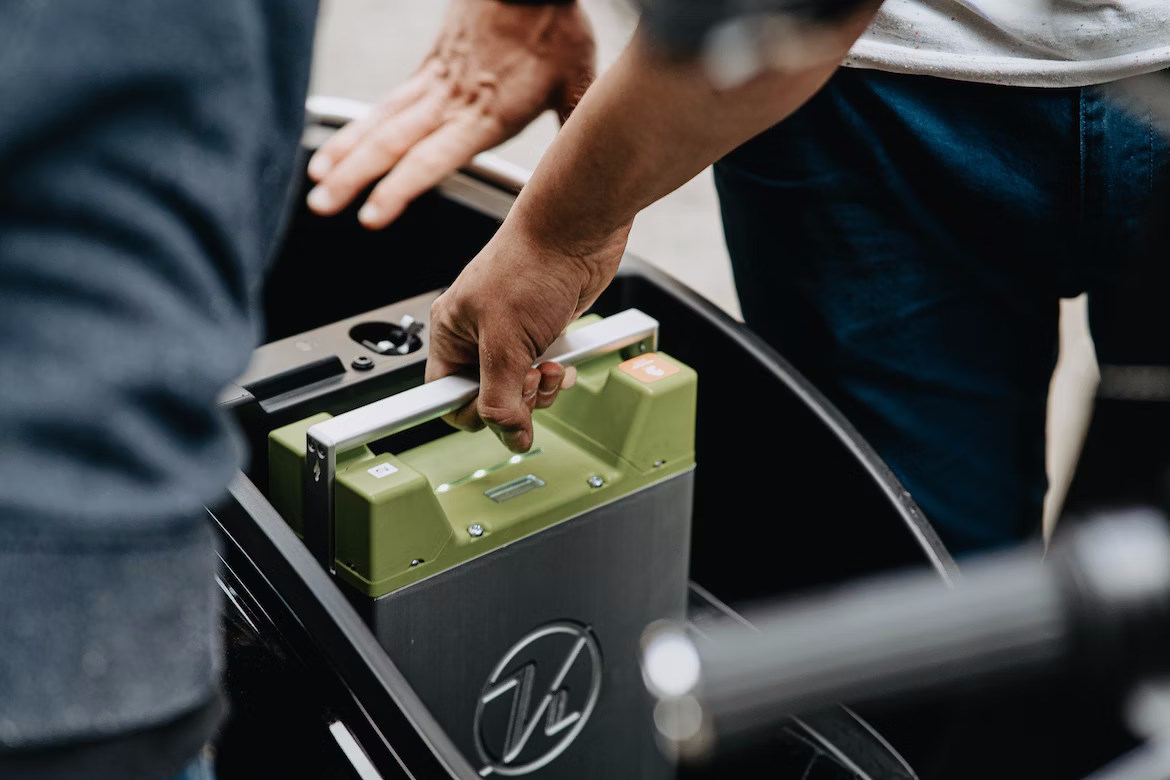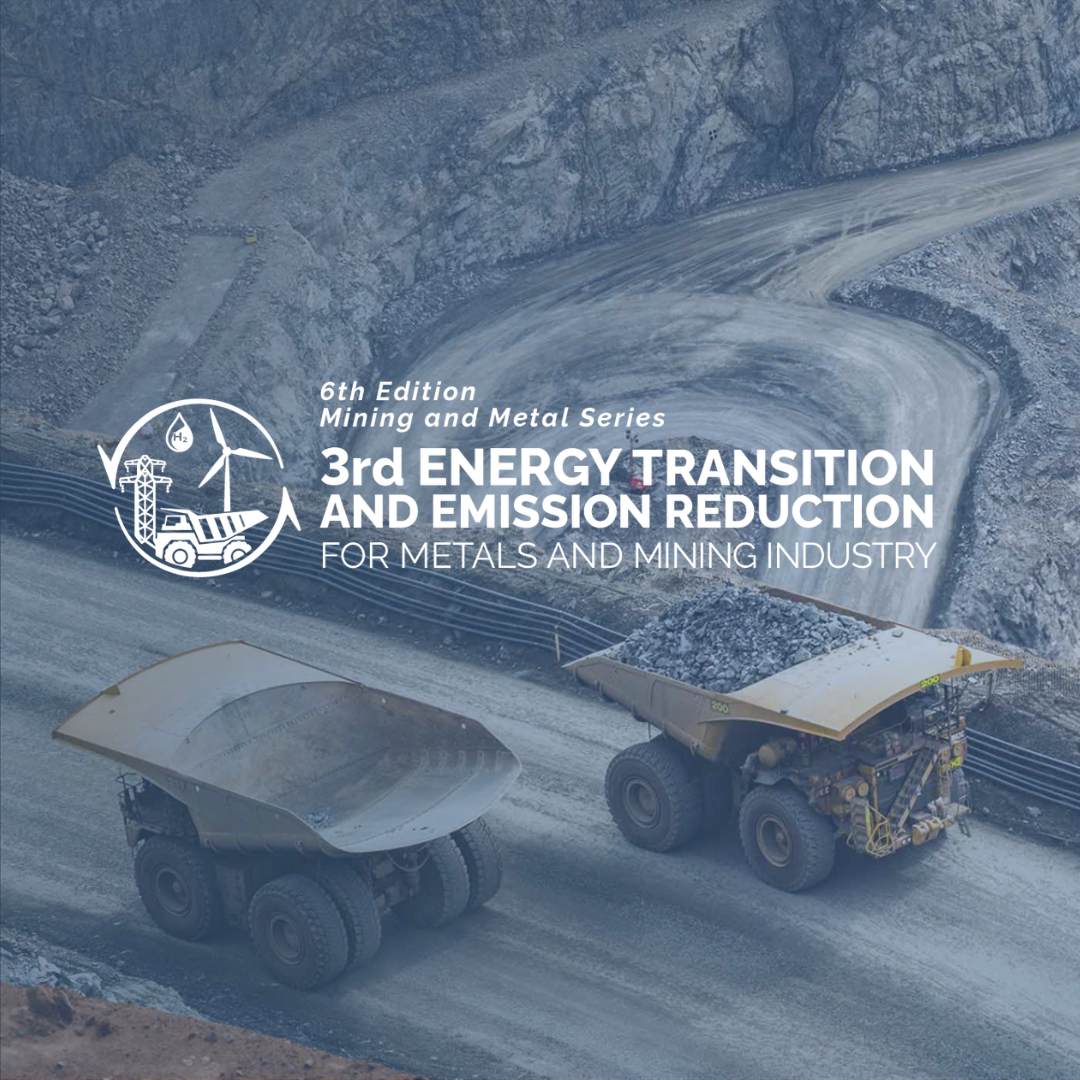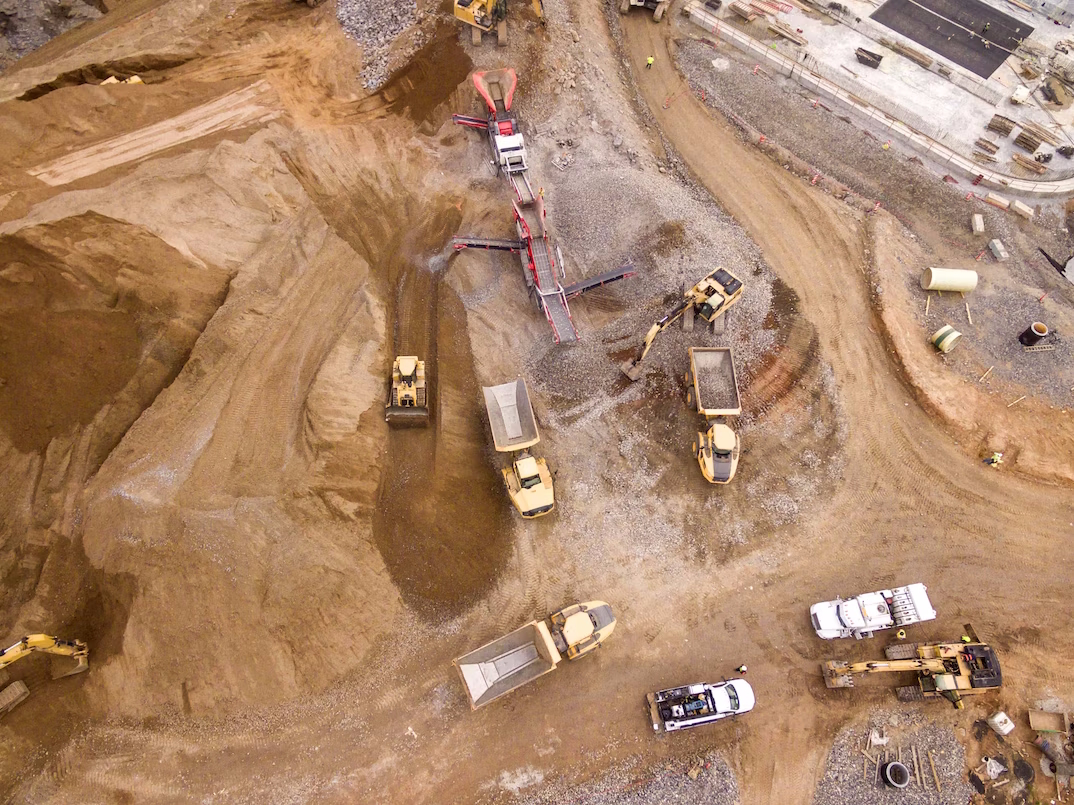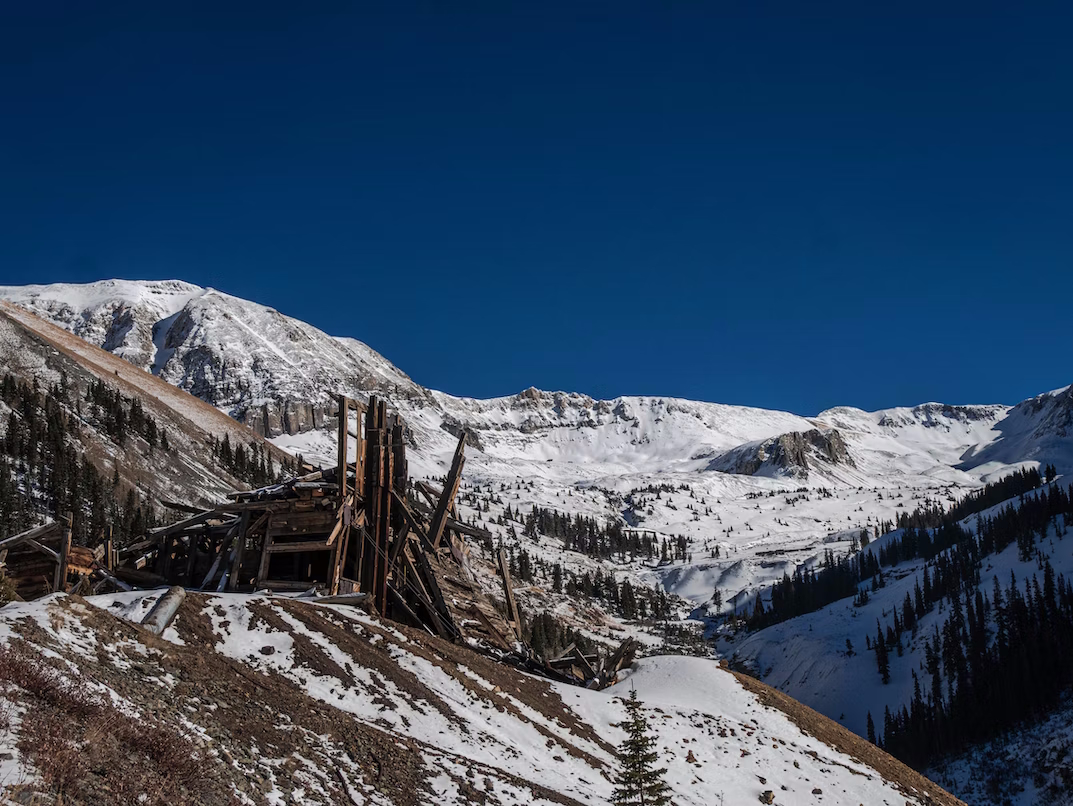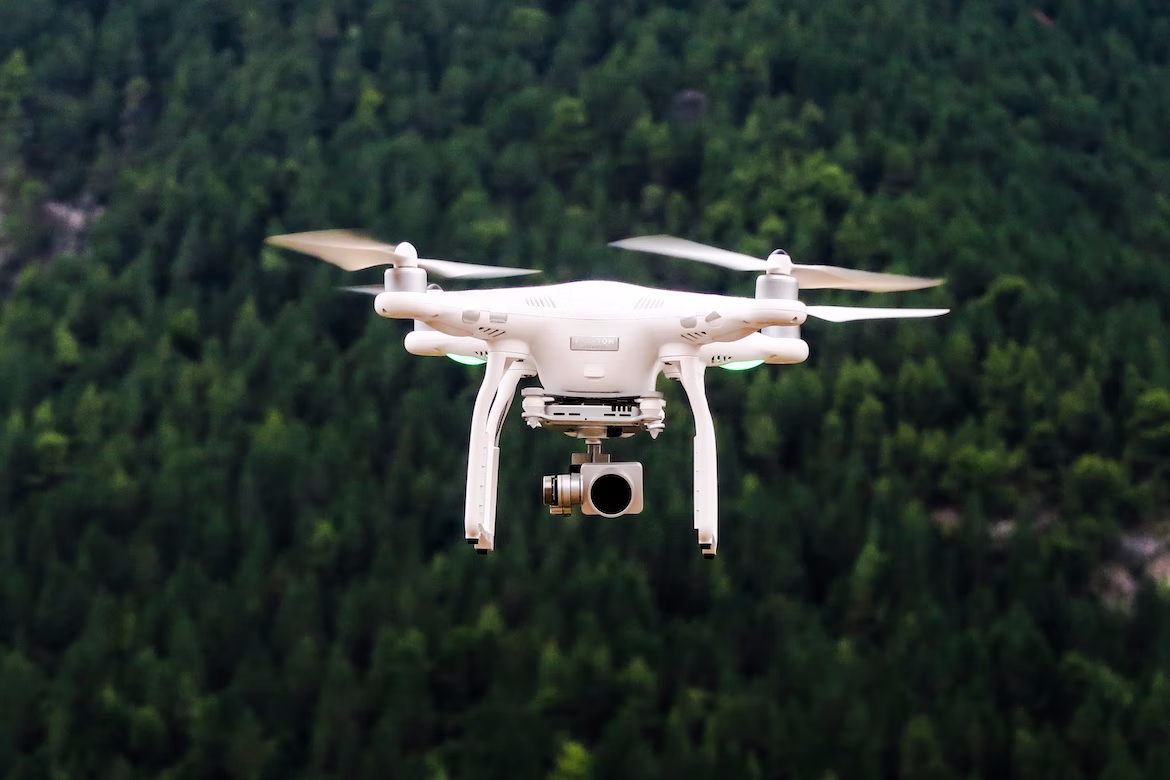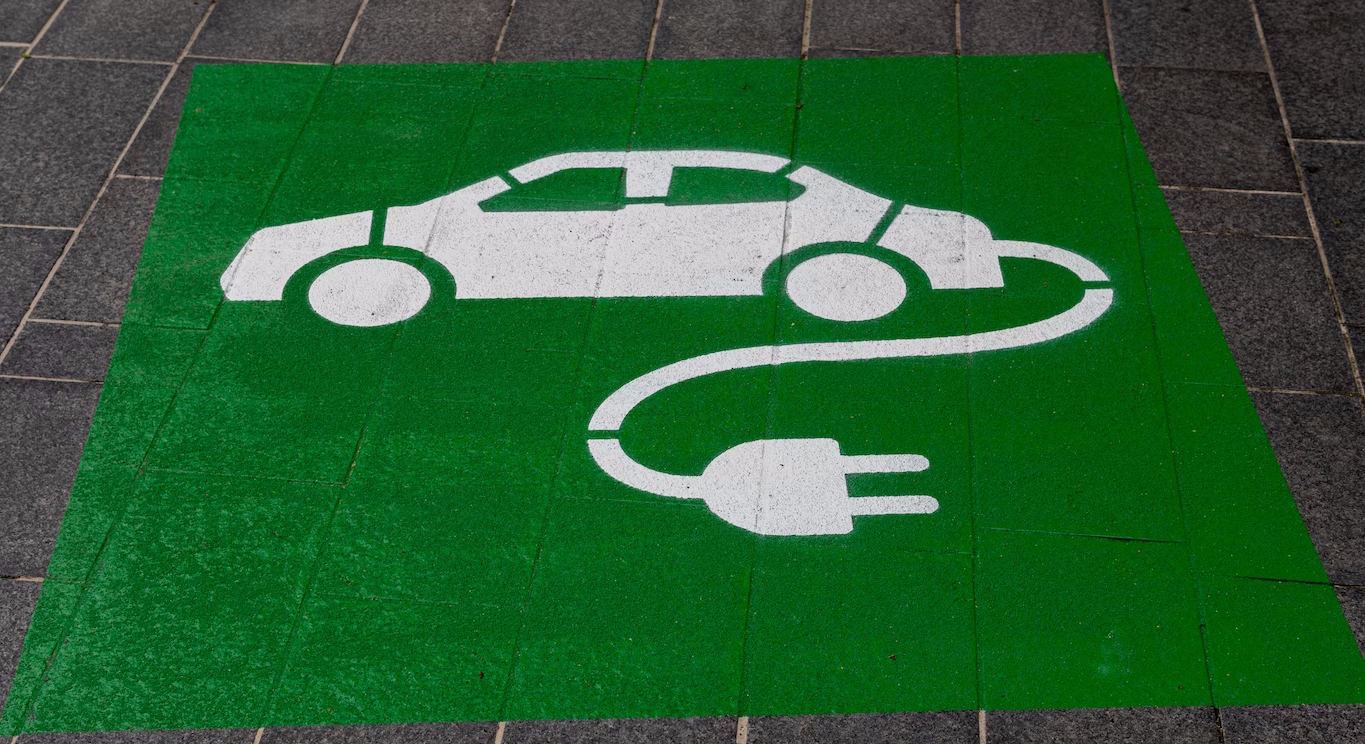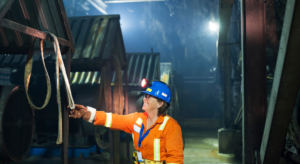
Responsible Sourcing and Supply Chain Decarbonization: Shaping an Ethical and Sustainable Future for the Mining Industry
The mining industry plays a significant role in our modern society, providing the raw materials necessary for various sectors. However, this industry also faces challenges related to sustainability and responsible practices. As the world grapples with the urgent need to combat climate change, responsible sourcing and supply chain decarbonization have emerged as vital components in creating a greener and more ethical mining industry. In this blog post, we will explore the concept of responsible sourcing and its crucial role in decarbonizing the mining industry’s supply chain. We will also delve into the importance of traceability, transparency, and various initiatives that promote ethical mining practices, conflict-free minerals, and reduced carbon footprints throughout the supply chain. Lastly, we will highlight examples of companies that have implemented responsible sourcing strategies and the positive impact these initiatives have had on decarbonization efforts.


